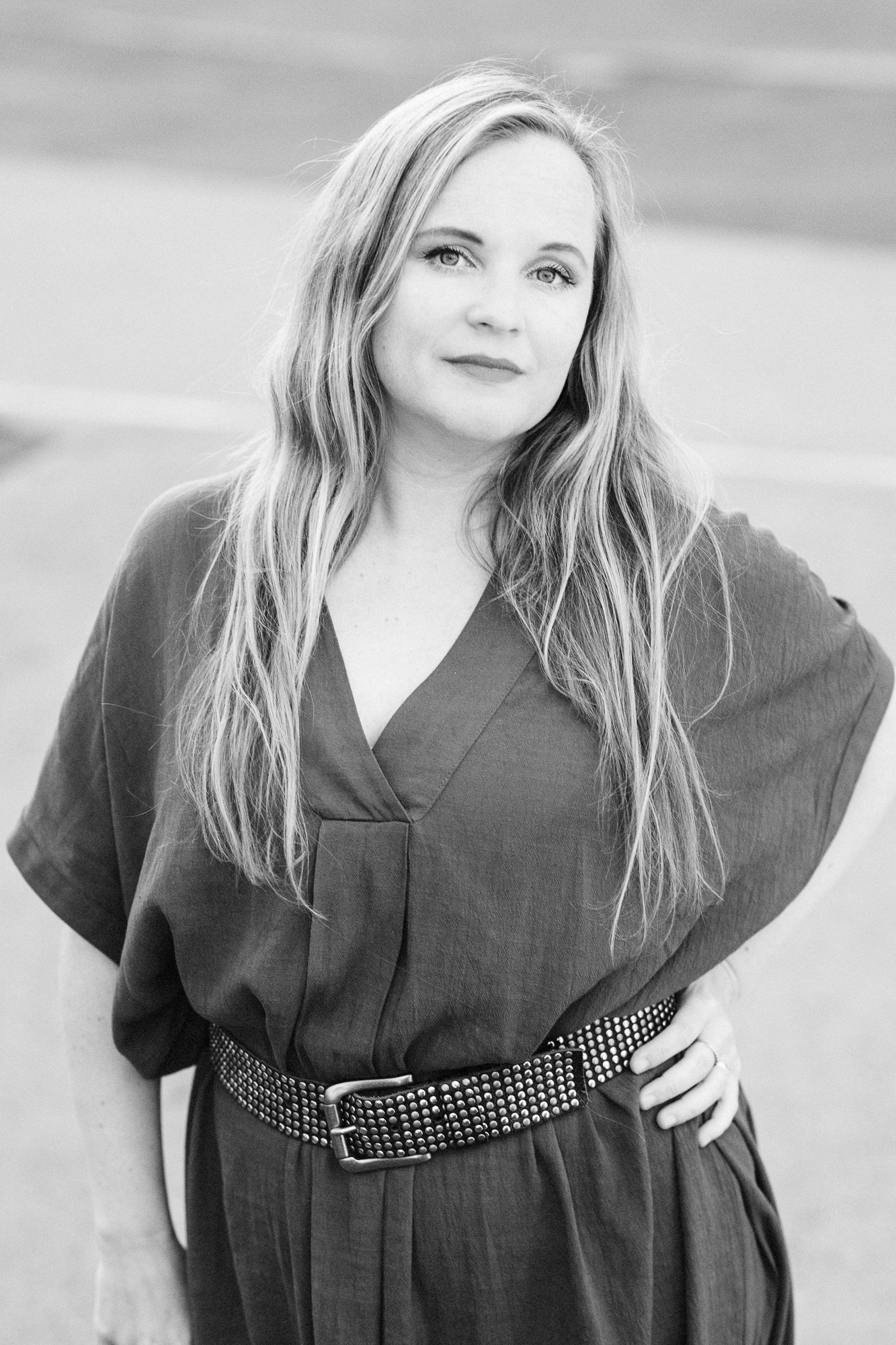Thale Blix Fastvold (b. 1978, Oslo) is a Norwegian visual artist working primarily with photography, film and performance art. Thematically within the frameworks of eco feminism, inter-species-collaborations and the more-than-human intelligence, she works with artistic research as a response to, and a way to add focus on current ecological challenges. She believes collaborations, communication and speculative storytelling is essential to envision new and more sustainable futures. Her work has been exhibited widely in Norway and internationally and her film “I am Hydra” (2021) was released at Kunstnernes Hus Cinema in Oslo, Norway, and has been screened in the official selection at Signes de Nuit Film festival at Cité internationale universitaire de Paris and Bogotá Experimental film festival and the Timisoara Biennial 2023. Her second art film IGNIS was released in 2024, at her exhibition PYROFEMINISM at GlogauAIR in Berlin. Her work Zostera Marina’s Song of Increase, by LOCUS in collaboration with Tanja Thorjussen is exhibited at the Helsinki Biennial 2025.

Memberships:
– Norwegian Visual Artists Society (Norske Billedkunstnere)
– Norwegian Society of Fine Art Photographers (Forbundet Frie Fotografer)
– BOA – Billedkunstnernes i Oslo og Akershus
– Norwegian Curator Association (Norsk Kuratorforening)
– IKT – International Association of Curators of Contemporary Art
News 2025: Zostera Marinas´S Song Of Increase By LOCUS / Thale Blix Fastvold And Tanja Thorjussen At The Helsinki Biennial June 8th – September 21 2025.

Artwork locations: HAM Helsinki Art Museum and Vallisaari Island
Zostera Marina’s song of increase is dedicated to a species of seagrass native to the Baltic Sea: common eelgrass (Zostera marina). This foundational species provides shelter to many other species, reduces erosion by binding sediments to the sea floor, and improves water quality by absorbing nutrients. Sadly, marine eutrophication has seen a decline in common eelgrass meadows. In the low-saline habitat of the Baltic Sea, common eelgrass does not spread by flowering, but mostly by sprouting from its rhizome or from stems that break away and carry fertile seeds to new areas.
In this project commissioned by Helsinki Biennial, the artists envisage a hopeful, speculative, utopian future for common eelgrass, which they imagine as blooming and thriving in the Baltic Sea. The first part of their work consists of glass flowers, sound elements and a performance staged on Vallisaari’s freshwater pond. The second part on display in HAM’s north gallery consists of a bed of aquatic plants in an aquarium, glass blooms and a soundscape.
With their project, LOCUS propose an alternative, optimistic narrative in which a healed Baltic Sea is an achieved reality. The work was created in collaboration with the artwork partner, the John Nurminen Foundation.


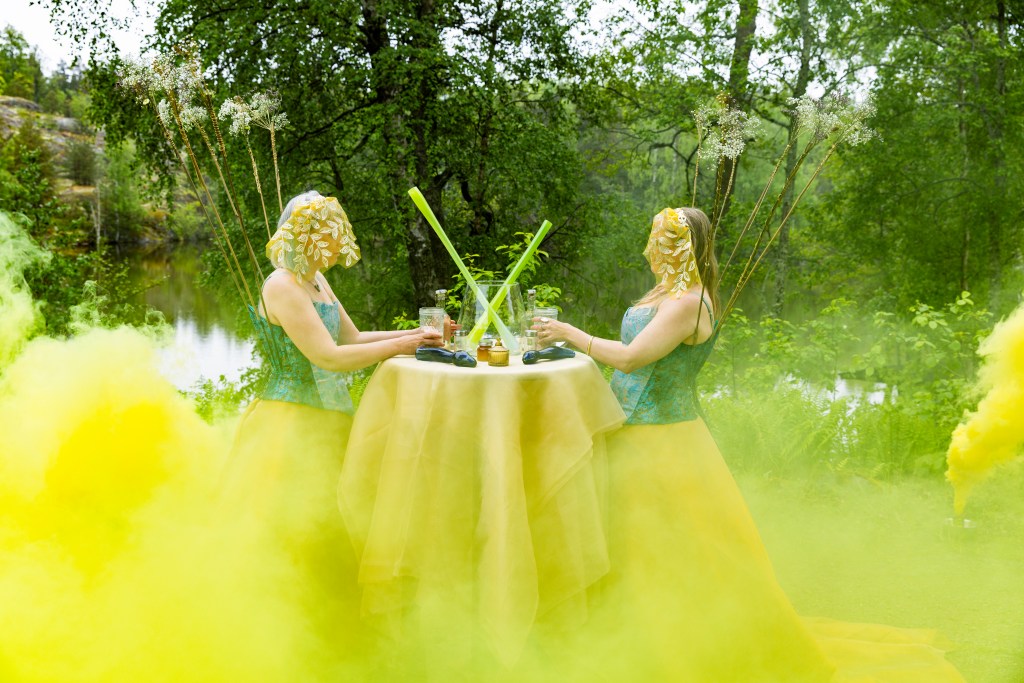
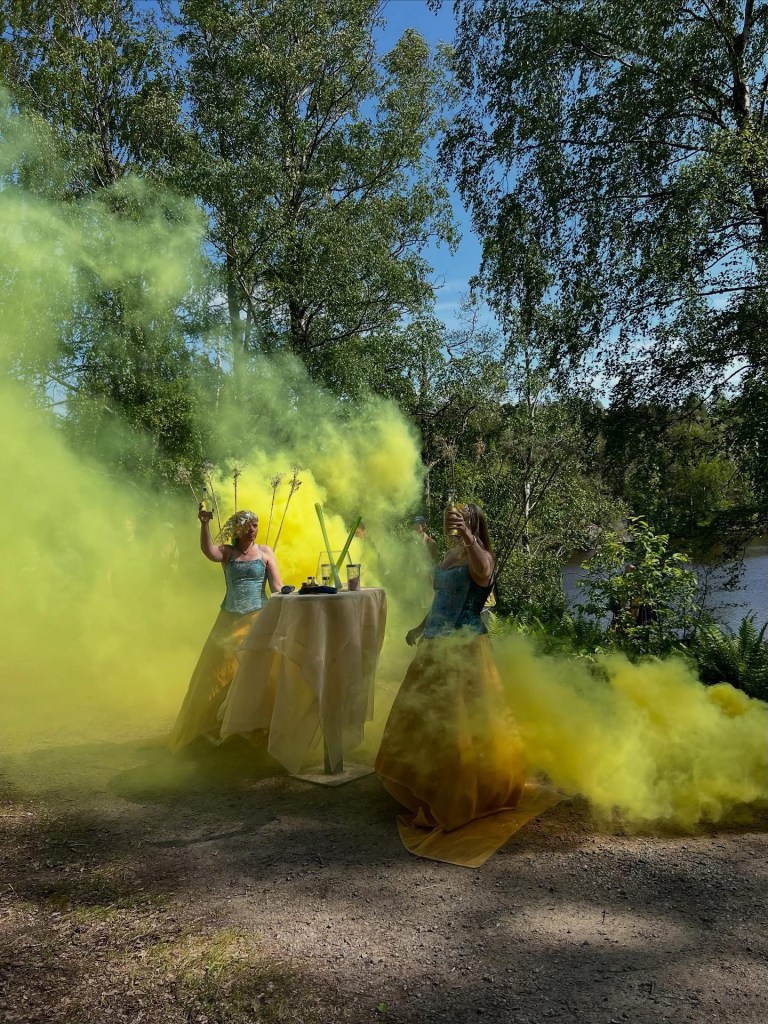
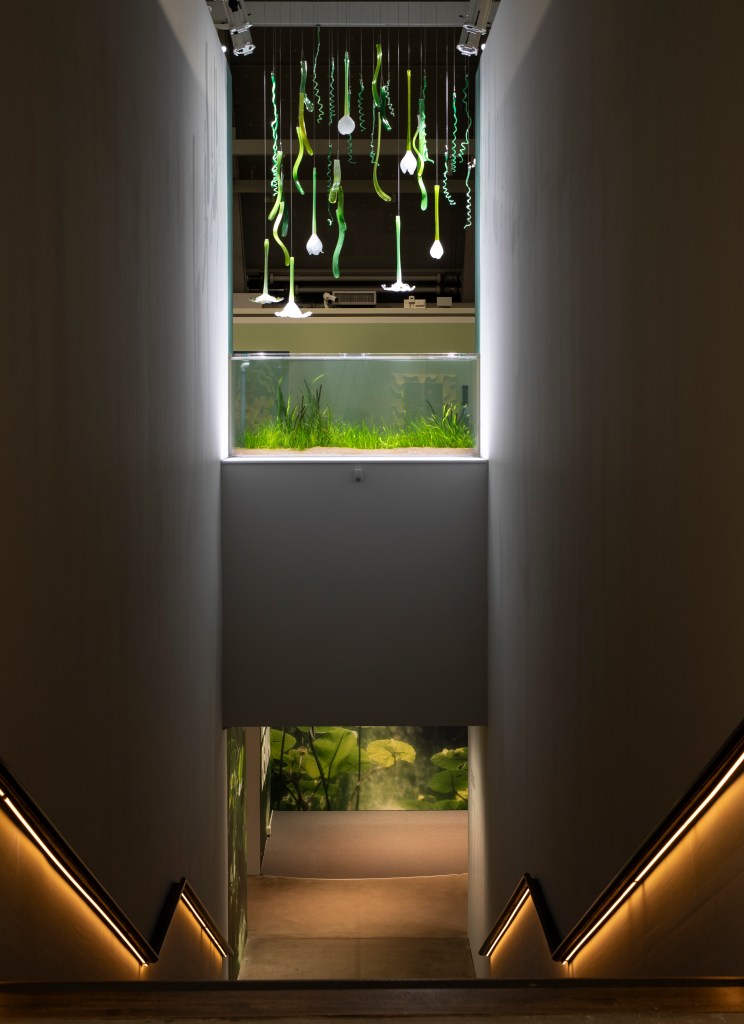
Selected texts about LOCUS’ Zostera Marina’s Song of Increase at Helsinki Biennial 2025:
Futures of Thriving Eelgrass! Locus’ Zostera Marina’s Song of Increase by TJ Demos
Radio Helsinki intervju with Thale Blix Fastvold & Tanja Thorjussen
ART BRINGS LIGHT TO BEAUTIFUL AND VIVID HABITATS AT HELSINKI BIENNIAL 2025
Alternativas a la concepción antropocéntrica del mundo, en la Bienal de Helsinki 2025
News May 2024: Research paper by Thale Blix Fastvold & Hilde Herming published by Dialogues in Social Justice, UNC Charlotte. Vol. 9 No. 1 (2024): Feminist Adult Education, Museums, Heritage Sites & Exhibitory Praxis.
Guest Editors: Darlene E. Clover, Kerry Harman, Claudia Diaz-Diaz
& Gaby Franger Feminist Adult Education, Museums, Heritage Sites & Exhibitory Praxis.
This strange flower….Changing the past and imagining feminist futures: Letters between a museum curator and an artist
Abstract: Through a series of letters written in summer 2023 between Hilde Herming, manager of the Women’s Museum Norway, and artist Thale Blix Fastvold, we explore in this article how we collaborated to imagine more feminist futures for the museum. With reference to a variety of the artists’ feminist projects, concepts, and investigative practices we explored how to bring new perspectives to the museum to change the patriarchal structures which continue to dominate both society and its institutions. As the Women’s Museum Norway is based in the childhood home of Dagny Juel (1867 – 1901), we illustrate how she became a pivotal figure, a third voice in our explorations. We argue that writing for us built bridges across our different positions as manger and artist in the interests of gender justice and provides a new model of how museums can become safe platforms and facilitators of and for feminist adult education.
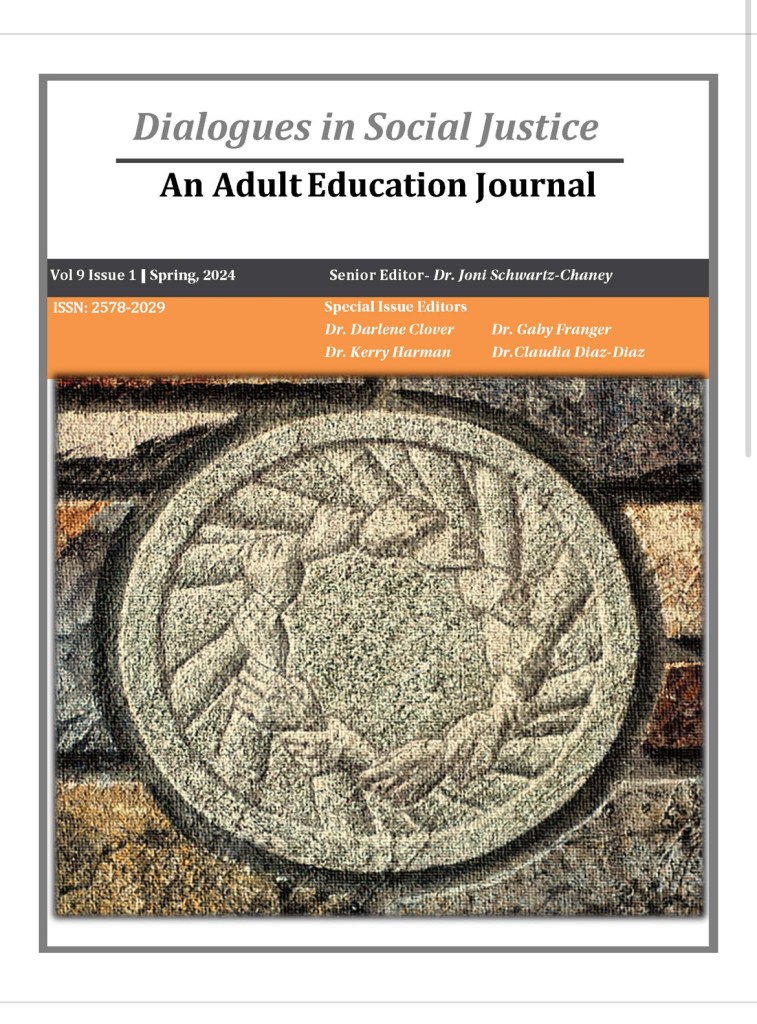
“In the form of letters between a women’s museum curator and an artist, we explore possible ways to collaborate by using artistic research and practice to imagine feminist futures – including what we’re calling pyrofeminist futures meaning worlds-to-come cultivated through care, passion, and one’s inner fire, that emerge from the smouldering ruins of the Anthropocene. By referring to a variety of her art projects, concepts, and artistic research, which all belong within a feminist tradition, the artist (a feminist imaginative) and the museum (represented by a museum curator) discuss how to bring new socio-environmental perspectives to the museum, in order to change the patriarchal structure which still dominates both society and its institutions. The Women’s Museum Norway is based in the childhood home of artist, writer, and pianist Dagny Juel (1867 – 1901), who is the pivotal figure – and the third voice – in this paper. With a collaborative aim towards gender justice, we ask how a museum
can continue to function as platform, facilitator, and safe space for feminist adult education?”
https://journals.charlotte.edu/index.php/dsj/article/view/1702
Or download pdf of the article here:
NEWS February 2024:
PYROFEMINISM – Thale Blix Fastvold and Locus at GlogauAIR February 2024
IGNIS – a Pyrofeminist Spell for Transformative Change in History and the Futures will be shown at her exhibition at GlogauAIR project space in Berlin in February 2024.
Press release:
PYROFEMINISM
Thale Blix Fastvold & Locus
At GlogauAIR February 16-18 2024 Vernissage Friday February 16th at 18.00-21.00
Exhibition with premiere screening of the new film IGNIS – a pyrofeminist spell for transformative change in history and the futures by Thale Blix Fastvold (2024), and performance and installation by Oslo-based duo Locus / Thale Blix Fastvold & Tanja Thorjussen.
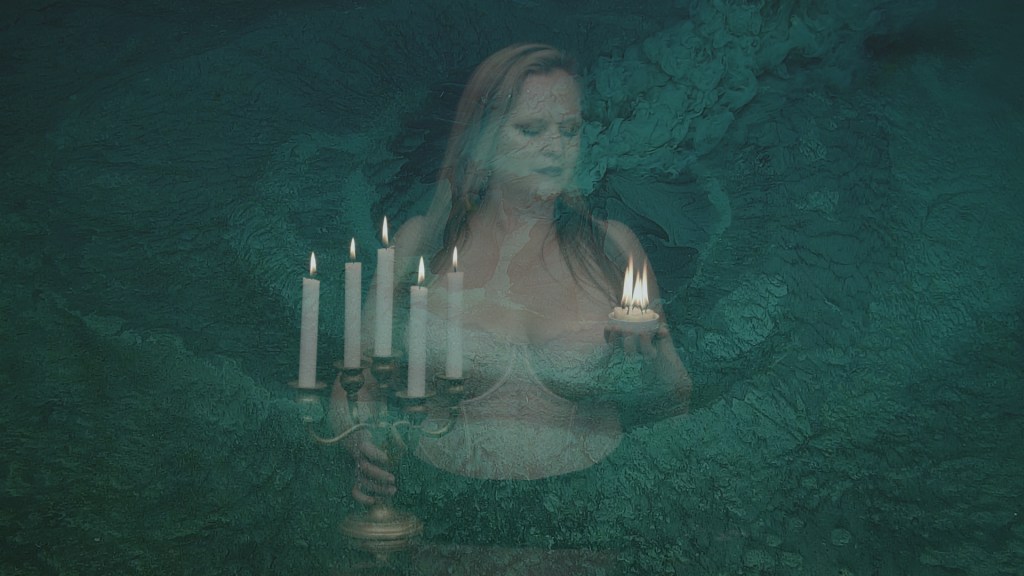
IGNIS (2024) still photo and cinematography: Marius Captare
IGNIS – a pyrofeminist spell for transformative change in history and the futures is an experimental film by Norwegian artist Thale Blix Fastvold. The film is shot in Norway, California, Italy and Azerbaijan and includes footage of an underwater mud volcano by Professor Giuliana Panieri, and the Yanardag Eternal Fire from researcher Adriano Mazzini. The music is composed by Therese Strasser, with sound design by Philipp Nespital.
Exhibition text by Àngels Miralda, 2024
Thale Blix Fastvold
IGNIS
“His face was so aflame that he appeared to be one of the highest rank of angels, who seem to be all on fire… In his hands I saw a great golden spear, and at the iron tip there appeared to be a point of fire. This, he plunged into my heart several times so that it penetrated to my entrails. When he pulled it out, I felt that he took them with it, and left me utterly consumed by the great love of God.” – St. Teresa of Ávila[1]
Described by Rosi Braidotti as one of the “transgressive and iconoclastic female saints,”[2] Saint Teresa’s spiritual ecstasy connects fire and flame to God through a uniquely female spirituality. A cherubim’s holy spear connects the body with the fire of God, as Teresa is plunged into one of her spiritual illuminations. Her writings were a political force for reform of the Catholic church which had previously deemed women as spiritually inferior, incapable of closeness to God.
Bernini’s The Ecstasy of St. Teresa flashes up in the film Thale Blix Fastvold’s Ignis (2024). The scene may appear at odds with the otherwise natural and quotidian setting of the film, yet the Baroque aesthetic of gold and marble speaks to the materiality of God. Teresa’s expressive features and the motion of the cherubim’s lance dance between material and mental states. Distant landscapes intrude into the scene from far-flung lands that exist in a connective state. From the church to the land as a temple, the element of fire pierces to the heart of being. Brown grass simmers on dry earth, flames engulf the world, while women peel and cut vegetables plucked from the earth. An incarnated goddess of fire holds flickering candles by her body – an element that symbolises the constant balance between chaos and control.
According to myth, Prometheus stole fire from the Gods[3] – but it was Hestia who guarded its power.[4] Goddess of the hearth and priestess of all sacrifices, the flesh and the earth are the vessels for spiritual attainment. When controlled, fire produces sustenance and care, yet a fire can also rage within. Accused for centuries of hysteria and witchery, fire has been not only the everyday life of women, their rapture and ecstasy, but also their final suffering on the pyre. Around 50,000 women were accused and executed in Europe during the pre-modern age – 25,000 of these were in Germany.[5]
Thale Blix Fastvold’s Ignis (2024) introduces the concept of Pyrofeminism – coined to describe the notion of the feminine connection to fire – one of the four classical elements of the material world. In 2014, feminist theorist Astrida Neimanis coined the term Hydrofeminism which embroiled feminist theory with the non-human considering that our bodies are materially mostly water. This theory proposed a radical collectivity of bodies in which we flow through each other and the world without defined boundaries. In the age of the Pyrocene in which forests are engulfed by flames on our ever-warming planet, in which petro-capitalism survives off of the desperate search for combustion, in which water shortages crack earth and melt reserves of flammable gas, pyrofeminism relinquishes the fire to mother earth as an untameable creator and force of reckoning. From the soft flashes of fireflies, to coarse eruptions, fire creates and destroys, feeds and mutilates, erupts, cleans and pulverises everything in its wake.
Thale Blix Fastvold’s everyday rituals position women in formidable communion with the power of the land. Rather than an essentialist position, it is the social marginalisation of women within capitalist and nationalist structures that have maintained pre-existing resistance. As Silvia Federici writes in Witches, Witch-hunting, and Women (2018), the persecution of women in the European middle age was synonymous with the new construction of capitalism and the creation of the proletariat. Capitalist social structures originally left women outside of the labour structure by relegating their work to the unremunerated areas of housework, care, and reproduction. As women were slowly brought in to the labour market, they were doubly exploited – once through wage labour, and the other through necessary housework.[6] The threat of womens work was in its collaborative nature and community-oriented non-capitalist form of value and care.[7]
The modern world created a direct and unconcealed “dominion of capital” destroying commons and work as cohabitation with the land.[8] Equating value to wages, work was stripped of its complex network that extends not only through the family unit, but to society at large and the planet. The world, stripped of mysticism through the values of the enlightenment combined with patriarchal societies, positioned women in the realm of the irrational and female desire for emotionality. It was the commons and domestic work that cared for wider communities, but through “the destruction of small-scale and domestic industries (capitalism) destroys the last resorts of the ‘redundant population’, thereby removing what was previously a safety-value for the whole social mechanism.”[9] It is parallel with the destruction of the soil, seeking maximum profit without long-term renewal – bringing to fruition an inhospitable and barren earth, an epoch of the pyrocene. As the fire emerges – blossoming – from the depths of a burning pot, a premonition for the future rings out in a spoken spell.
Look into the fire
Look into the fire
Look into the fire
We´re rewriting herstories, theirstories, ourstories
Creating new futures
for the pyrocene
[1] “The Ecstasy of Saint Teresa” Bluffton https://www.bluffton.edu/courses/humanities/art/brq/sculptur/teresa.htm#:~:text=She%20described%20her%20Ecstasy%20in,angel%20in%20the%20following%20way.
[2] Rosi Braidotti, In Spite of the Times: The Postsecular Turn in Feminism, 2008. pg. 11.
[3] “Prometheus: Stealing Fire from the Gods” https://www.liverpoolmuseums.org.uk/world-museum/greek-myths-and-legends/prometheus-stealing-fire-gods
[4] “Hestia” https://www.britannica.com/topic/Hestia
[5] Gendercide “Witch-hunts in early modern Europe (circa 1450-1750)” (https://www.gendercide.org/case_witchhunts.html)
[6] Antoinette F. Konikow, “Women Workers Suffer Double Exploitation” 1945. (https://www.marxists.org/history/etol/writers/konikow/1945/women-workers-double-explt.htm)
[7] “Violence against women is a key element in this new global war, not only because of the horror it evokes or the messages it sends but because of what women represent in their capacity to keep their communities together and, equally important, to defend noncommercial conceptions of security and wealth.” Silvia Federici Witches, Witch-hunting, and Women, 2018.
[8] Marx, Capital Chp. 15. Volume 1. 1867.
[9] ibid.
LOCUS est. 2006 by artists Thale Blix Fastvold and Tanja Thorjussen, is based in Oslo, Norway and works from an ecofeminist perspective with performance, time, long term collaborative projects with the more-than-human cohabitors of the earth like rivers, trees, corals and pollinators, and public art. Recent projects include River Sisters performance and lecture at Groundworks Gallery, Kings Lynn, UK, and ASWM Syracuse, US, Gilded Trees performance at SKOG (Forest) exhibition at Spriten Kunsthall in Skien, NO, Prague Bienniale Project Re-connect Art, and Locus pollinator sanctuary – Dagny Juel’s Garden at The Museum of Women Kvinnemuseet in Norway. www.locusart.org / Instagram @locus_oslo @animatika @creatrixa
GlogauAIR gGmbH www.glogauair.net / Artist in Residence Program and Exhibition Space / Glogauer Str. 16 Berlin 10999
NEWS April 2023:
IGNIS – a new short experimental film by Thale Blix Fastvold
IGNIS is a Pyrofeminist Spell for Transformative Change in History and the Futures
IGNIS will be an experimental essay film, where (her)stories, memories, dreamscapes, realities and speculative fantasies are weaved together to create a visual meditative and poetic spell for pyrofeminist futures. The film is the second in a trilogy which Thale Blix Fastvold started in 2021 with “I am Hydra”.
PYROFEMINISM: In traditional patriarchal cultures, religions, and societies the fire within women has been controlled and suppressed. The feminist uprisings, and revolutions against regimes currently happening around the world in places as diverse as Iran, USA, Afghanistan, Russia and Mexico are all examples of pyrofeminist revolutionary powers struggling to achieve freedom, sexual and educational liberation, emancipation from patriarchal structures and sovereignty for all women’s bodies and minds. What I call PYROFEMINISM – this metaphorical fire within women, the need/force/energy/necessity/readiness for the fight to be on your own premises/to have the right to express one’s voice, to make choices about your own life and body – has been discussed, admired and feared for as long as 4000 years, and it is alive and expressed in myths, art and literature as far reaching as the she-devil/sorceress Lilith described in ancient Hebrew scriptures, Circe and Medusa in Greek mythology, the Hindu goddess Kali, the liberating ecstasy St Theresa of Avila writes about in the 1500s, in Remedios Varo’s surrealist paintings, literature by Anaïs Nin, the contemporary Samí queeractivist Timimie Märak’s slam-poetry and in the “women, life, freedom” – chants of today’s Iran.
– Thale Blix Fastvold, 2023
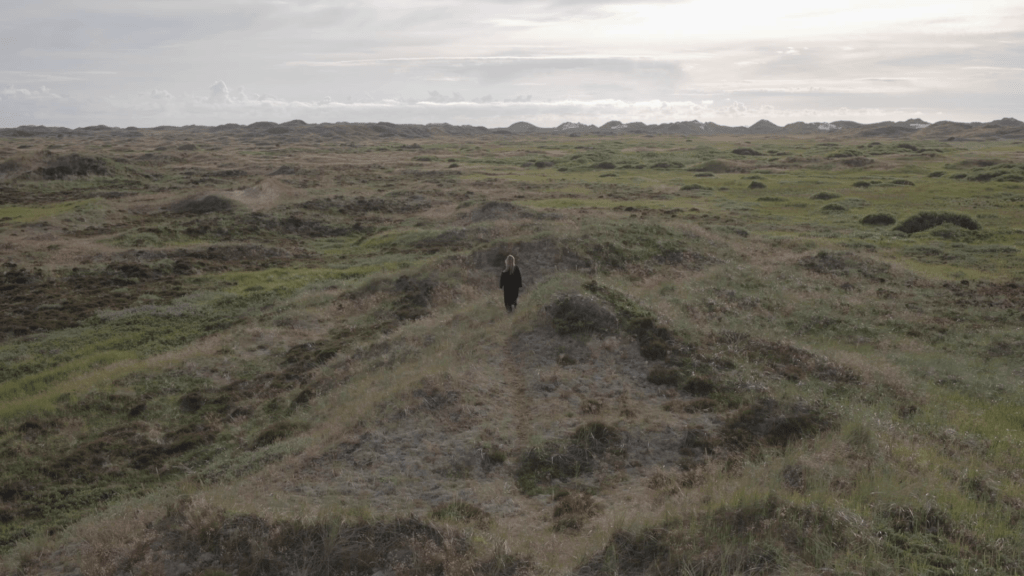
FILM | I am Hydra (2021)
“I am Hydra” is a hydrofeminist spell to end the petrocapitalist age. The film is shot in Norway and Denmark, its opening scene is from Skagen where two oceans meet (the Northern Sea and the Baltic Sea), and the film juxtaposes footage from the Norwegian oil industry with the forever self-regenerating Hydra species while referencing the mythological multi-headed Hydra-creature. The soundscape is by cello musician Einar Halle in collaboration with Gunnar Halle.
I am Hydra filmography:
- HydroSensual film screening and artist talk at Kunstnernes Hus, Oslo
Norway
November 11, 2021 - Bogotá Experimental Film Festival 2022 ,Bogotá
Colombia
August 16, 2022
Colombia premiere
Official Selection - UFFS / Universal Film Festival of Samothraki, Samothraki
Greece
August 28, 2022
Greek premiere
Penthesilea Award / Best short film by a female director - VERASHORT – Veracruz Itinerant Short Film Festival, 8th edition, Veracruz
Mexico
August 22, 2022
Official selection, Art short film - San Francisco Frozen Film Festival, 17th edition , San Francisco
United States
July 13, 2022
Official Selection - Signs de Nuit film festival, 20th edition, Cité Internationale de Paris, France, October 8th 2022, Official selection, competition “Cinema en Transgression”
- Det Poetiske Phonetek film and poetry festival, København, Danmark, Official selection 2022
- Under the Radar experimental film festival, Belvedere Museum of contemporary art, Vienna, 2023, Official selection
- GlogauAir project space, Berlin, 2023, HydroSensual film program
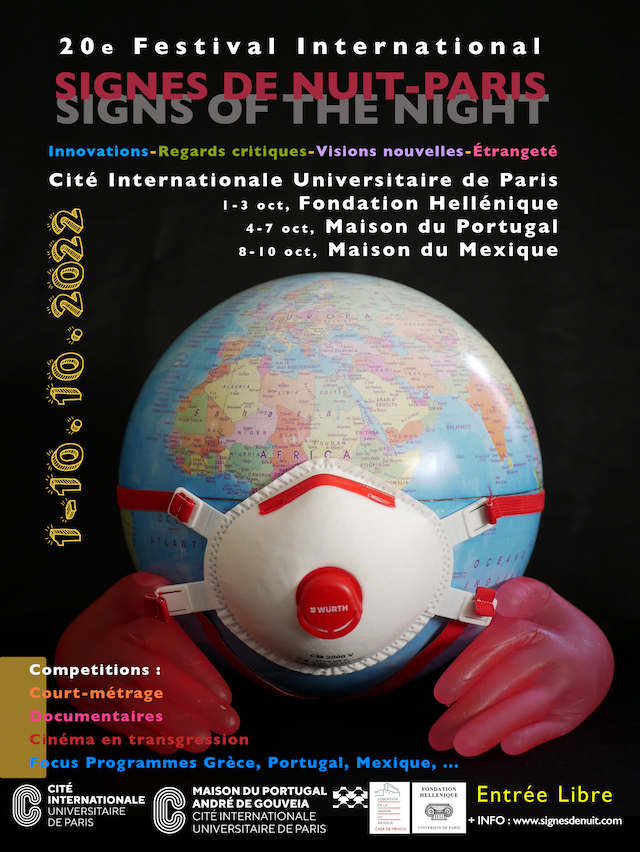

HydroSensual – Film screening and artist talk at Kunstnernes Hus – Kunstnernes Hus Cinema in Oslo.
Kunstnernes Hus cinema
The film screening will be followed by an artist talk with Margarida Paiva, Thale Blix Fastvold and Tone Bjordam, moderated by Zofia Cielatkowska.
HydroSensual film screening takes the viewer on a journey from the deep down of the ocean darkness, through a spiritual spell of sea waves, into seasonal cascades of colors. It is a visually seducing experience. Pleasing frames soothing the senses change slowly according to the immersive slow-motion rhythm of water and meditative vibe. Hydro-substance dominates in all works in various forms; as a theme, background, and artistic tool. However, the impression emanating from the screen is surprisingly both fluid and solid material; as if the flat screen possessed textural qualities. The paradoxical co-existence of contrary features is a key to reading the movies, as they all present different kinds of polarities; darkness/light, Nordic Sea/Baltic Sea, life/death, water/fire, color/background. But oppositions here are not dividing or separating, on the contrary, they are rather emphasizing the intrinsic connection between various states, beings, and things; changeability in the cycle of nature. One can hear here an echo of Heraclitus’ ontology based on fire, who claimed that things exist in constant flux; they are both the same and not the same over time (και ουδέν μένει). And as an attracting aesthetics mesmerizes senses, it shouldn’t do the same with the mind; beyond each movie stands a very serious issue: overexploitation of oil industry (I am Hydra), disturbed ecosystems (Eclipse), and drastic changes in climate (Seasonal Transitions). From the pure art historical perspective, what is interesting to note, is that motives of various plants and organisms used in early (or late) avant-garde movies as decorative elements are coming back now in a different context; as clear statements asking for the attention of approaching climate catastrophe. At least art can talk about the apocalypse in a sensual and beautiful way. Text by Zofia Cielatkowska
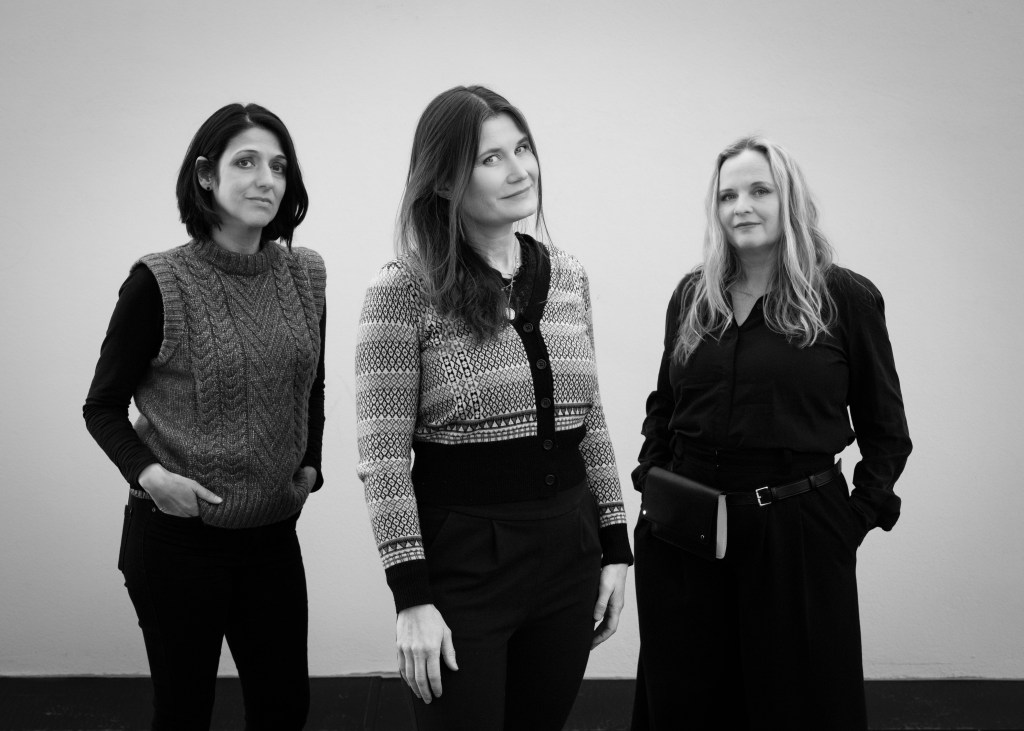
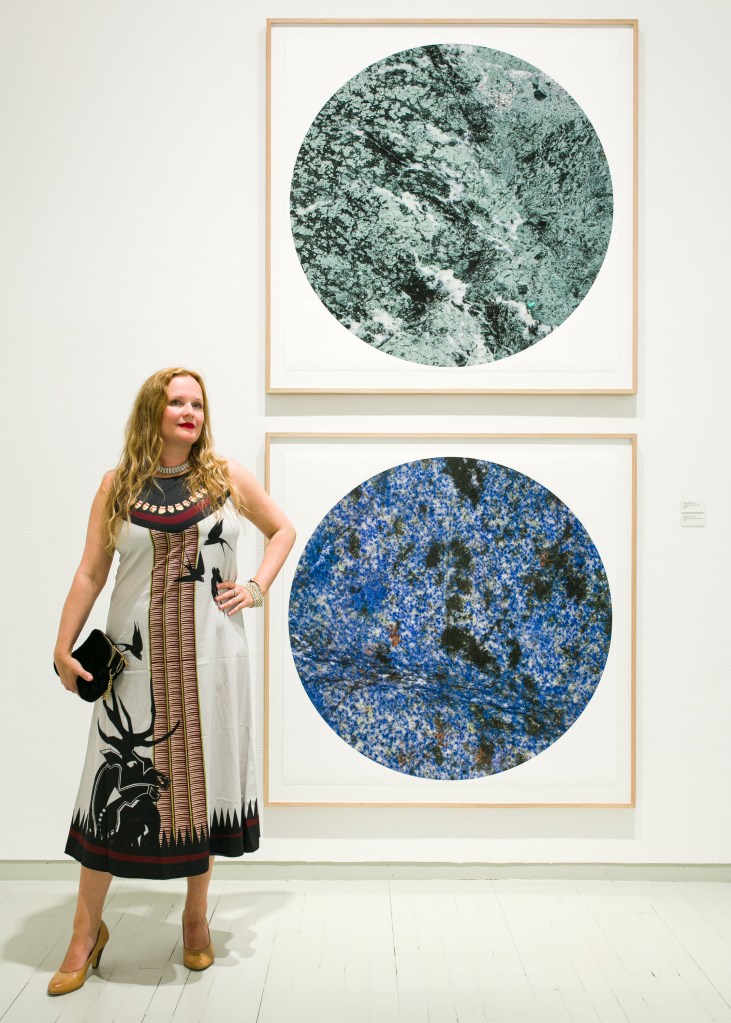
Awards/ artist grants
2023: Harald Szeeman IKT travel Grant for IKT Congress 20232022: Fritt Ord grant for LOCUS symposium “Kunstnerisk ytringsfrihet i Russland”
2021: Harald Szeeman IKT Grant for production of the local Oslo IKT LOCUS event “Hydrofeminism – The Interconnecting Spirit of Water” 2020: Billedkunstnernes Vederlagsfond (BKV) 1 year working grant for artists. 2019: Royal Norwegian Embassy in Moscow, travel grant for LOCUS at Cosmoscow 2019: OCA (ISGIES) LOCUS at Cosmoscow 2019: OCA (02 Int. support) travel grant for participation at IKT Congress in Miami
2019: Harald Szeeman IKT and Havana travel Grant for IKT Congress in Miami and Havana
2018: OCA (ISGIES) LOCUS at San Francisco art book fair
2018: OCA (ISGIES) LOCUS at Cosmoscow
2018: OCA (ISACAT) travel grant for participation at Cassate Drone, Palermo
2018: Norwegian Government Grant for Artists (Statens Kunstnerstipend-diversestipend)
2018: OCA (ISACAT) grant for participation at IKT Congress in Gdansk & Vilnius
2018: Lithuanian Culture Institute grant for IKT postcongress in Vilnius
2017: OCA (ISACAT) supports LOCUS booklaunch at 57th La biennale di Venezia.
2017: OCA (ISGIES) Locus at Cosmoscow, Moscow
2017: Kulturrådet/ Art Council Norway and Fond for utøvende kunstnere, project support for CoSA by Locus and Laterna
2017: OCA (02 Int. Support) travel grant for exhibition at Museum of nonconformist art, St Petersburg, Russia
2016: OCA (ISGIES) book launch support for LOCUS på NY Art Book Fair, MoMA PS1
2015: OCA (ISGIES) grant for LOCUS at X-Contemporary i Miami
2014: OCA (02 Int. Support) travel grant for GREEN, at RE-Culture III, in Patras, Greece
2012: Kunstløftet/Norsk Kulturråd grant for Invisible Clarity, at Tegnerforbundet i Oslo
2011: Utenriksdepartementet, Norsk Kulturråd and Fond for utøvende kunstnere travel support for RE-ACTION in NYC.
2011: Fritt Ord grant for seminary “How Artists Work” at .NO art space in NYC
2009: Fritt Ord production grant for the book “Kurator?”
‘
